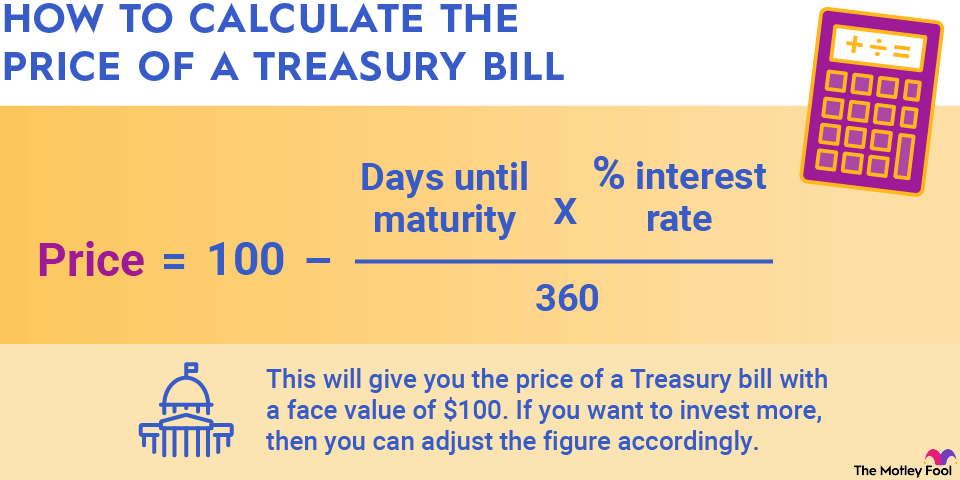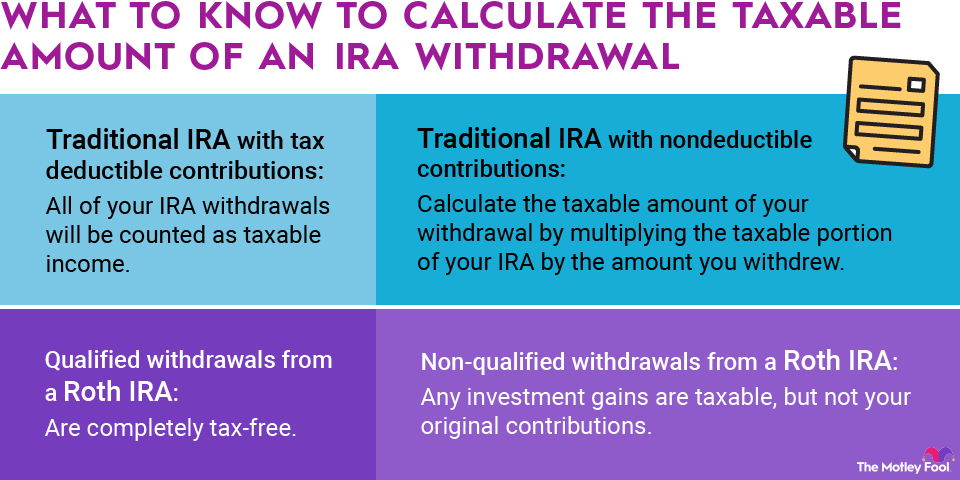From time to time, it can be useful to calculate how much your tax withholdings for the year will be to determine whether you can expect to owe money or get a nice tax refund. Fortunately, it's easy to do this using the information from a recent paycheck stub. Here are the steps to determining your tax withholdings and utilizing this information effectively.

The taxes on your paycheck
Some people incorrectly assume that the difference between their gross and net pay is due entirely to taxes being withheld. For example, if their gross pay is $2,000 and their paycheck is $1,500, they may assume $500 went to taxes. However, the truth is a bit more complex.
Various taxes can be withheld
Several deductions can come out of your paycheck, including:
- Federal income tax: This may be listed as Federal, Fed Tax, or another variation. This is the tax withheld by the IRS.
- State income tax: If your state has an income tax, a portion of your paycheck will be withheld for this purpose.
- Local taxes: Some cities and counties have their own income taxes, but this isn't terribly common.
- Social Security taxes: These may be listed as SS or FICA. For 2024, you'll have 6.2% of your paycheck withheld for Social Security taxes up to the first $168,600 you earn. Unlike income taxes, Social Security taxes are non-refundable at the end of the year.
- Medicare taxes: Taxed at a rate of 1.45%, Medicare taxes are also non-refundable.
There are also many other possible non-tax deductions. For example, it's common to have insurance benefits, retirement contributions, flexible spending account contributions, and union dues deducted.
Estimating your annual taxes
Write down the federal, state, and local income taxes withheld from one of your recent pay stubs, preferably one without "unusual" income, such as bonuses or overtime. Multiply this amount by the appropriate factor.
If You Get Paid... | Multiply Your Withholdings By... |
|---|---|
Monthly | 12 |
Semimonthly | 24 |
Biweekly | 26 |
Weekly | 52 |
What to do with this information
Once you've estimated how much tax will be withheld for the year, you can use a tax calculator like this one from TurboTax — making sure it's designed for the current tax year. Using your salary, withholdings, and deduction information, the tax calculator can give you a pretty good estimate of whether you should expect a tax refund in the spring or plan on owing money to the IRS or your state/local government.
Adjust your withholdings accordingly
In an ideal situation, your employer would withhold from your paycheck the exact amount you'll owe in taxes at the end of the year, resulting in no refund from or payments to the IRS. Unfortunately, that's impractical because everyone's deductions differ, and your income can vary throughout the year.
Related investing topics
However, the goal should be to estimate the amount you'll owe as closely as possible. If you calculate your withholdings, plug the amount into a tax calculator, and it looks like you'll owe money, it might be a good idea to visit your HR department and ask to increase your withholdings. On the other hand, if you anticipate a big tax refund, your employer may be withholding too much from your paychecks.

















